While working at sea is exciting, it comes with significant risks. Seafarers operate in dangerous environments, from heavy machinery to unpredictable weather. Ensuring safety on board is a top priority, and one of the most effective ways to protect maritime workers is through personal protective equipment (PPE). PPE is essential safety protective equipment for keeping seafarers safe as they perform their duties, serving as the first line of defense against a variety of risks. In this blog, we’ll explore what PPE is, why it’s important, and how it plays a key role in maritime safety.
What is PPE?
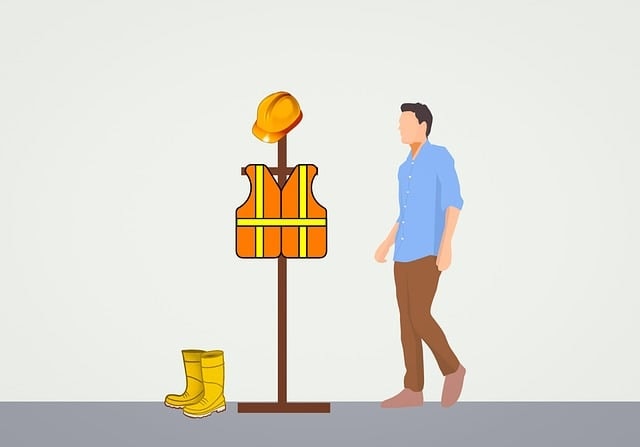
Personal protective equipment (PPE) refers to any gear specifically designed to protect workers from potential safety hazards. For seafarers, personal protective equipment includes items such as helmets, gloves, safety shoes, goggles, eye protection, face masks, shields, and protective clothing. These are crucial for preventing injuries while working in risky environments like ship decks, engine rooms, or confined spaces. PPE acts as a barrier, protecting seafarers from hazards such as falling objects, exposure to harmful chemicals, and machinery accidents.
Why is PPE Safety Equipment Important?
The maritime industry can be dangerous, and seafarers face multiple risks daily, such as loud machinery, slippery surfaces, and hazardous substances. Personal protective equipment is vital in reducing these risks, ensuring that workers can perform their tasks safely and confidently. Research shows that proper wearing of PPE significantly lowers the number of workplace injuries. Many studies have found that workers without proper PPE training experienced a much higher injury rate than those who used protective equipment correctly. This shows how important it is for seafarers to wear protective gear for their safety.
PPE also improves work efficiency. When seafarers know they are protected, they can focus better on their tasks, whether operating machinery or handling chemicals. With the right personal protective equipment, everyday tasks become less intimidating, promoting both safety and productivity.
What Does PPE Include?
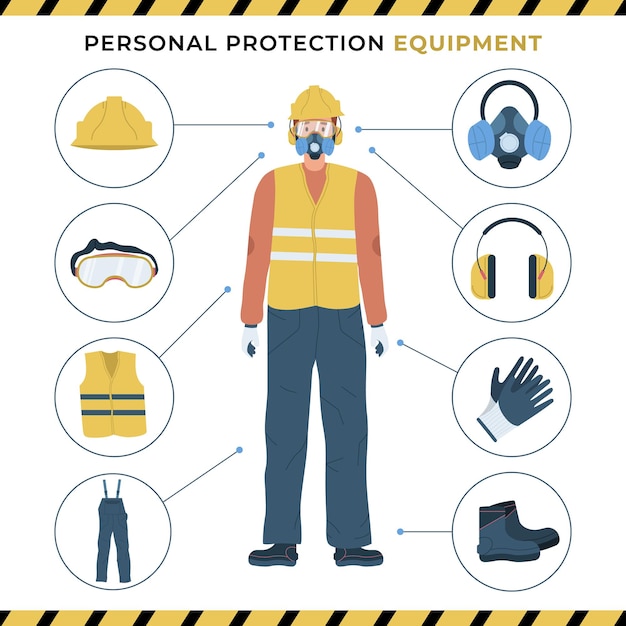
PPE in the maritime sector covers a range of items, each designed to protect against specific risks. Here are some common types of protective equipment:
– Head Protection: Safety helmets protect against impacts and falling objects. A secure fit, often with a chin strap, ensures protection at all times.
– Eye Protection: Goggles and safety glasses shield eyes from debris, chemicals, and intense light during operations like welding. Proper eye protection is essential for minimizing the risk of serious injury.
– Hearing Protection: Seafarers in engine rooms or near loud machinery use earplugs or earmuffs to prevent hearing damage from high noise levels.
– Hand Protection: Gloves protect against cuts, burns, and chemical exposure. Heat-resistant and chemical-resistant gloves are used depending on the task.
– Foot Protection: Safety shoes with steel-toe caps and slip-resistant soles protect feet from heavy objects and slippery surfaces.
– Body Protection: Coveralls or boiler suits shield the body from chemicals, oil, and hot substances. These suits and heat-resistant gloves are especially useful during welding or other high-risk tasks.
– Respiratory Protection: Surgical masks and respirators protect seafarers from harmful fumes, dust, or chemicals, ensuring safe breathing in hazardous areas.
Types of PPE Required in Maritime Safety
Seafarers encounter diverse risks, and the personal protective equipment they need depends on the tasks at hand. Below are examples of protective equipment tailored to specific maritime jobs:
- Engine Rooms and Maintenance Areas: Boiler suits provide protection from burns and chemical spills. In some cases, flame-resistant clothing is required for tasks involving high heat.
- Machinery and Deck Areas: Helmets are crucial for preventing head injuries, especially in spaces with heavy equipment or when working on a deck where overhead hazards are common.
- Noisy Areas (Engine Rooms): Earplugs or earmuffs are vital to protect against excessive noise, preventing hearing damage in high-decibel environments like engine rooms.
- Elevated Surfaces and High-Risk Zones: Safety harnesses are necessary for working at heights, and safeguarding crew members during tasks on elevated platforms or during ship maintenance.
- Welding Stations and Chemical Handling Areas: Goggles and face shields offer critical protection from debris, chemicals, and bright light during activities such as welding or handling hazardous materials.
How to Wear PPE Correctly
Wearing PPE correctly is just as important as having the equipment itself. Improperly fitted or worn PPE can compromise its effectiveness and leave seafarers vulnerable to injury. Here are some key steps to ensure PPE is worn properly:
– Helmet Fit: Ensure the helmet fits snugly on the head, with a chin strap securely fastened. The helmet should not be tilted or loose.
– Goggles and Eye Protection: Eye protection should cover the eyes completely, with no gaps for debris or chemicals to enter. Adjust the straps for a comfortable, secure fit.
– Gloves: Choose the right type of gloves for the task at hand. Gloves should cover the entire hand, including the wrist, without being too tight or loose.
– Footwear: Safety shoes should fit comfortably and securely, with the laces tied. Steel-toe caps must provide sufficient protection without pinching the toes.
– Coveralls and Boiler Suits: These should be the right size to allow free movement but not too loose to catch on equipment. Ensure that sleeves are buttoned and zippers are fully closed.
– Respirators: When wearing a respirator, ensure a tight seal around the nose and mouth. Regularly check that the filters are functioning and replace them when necessary.
Seafarers should always inspect their PPE before each use to ensure it is in good condition. Any damaged or worn-out equipment should be replaced immediately.
PPE for Women in the Maritime Industry
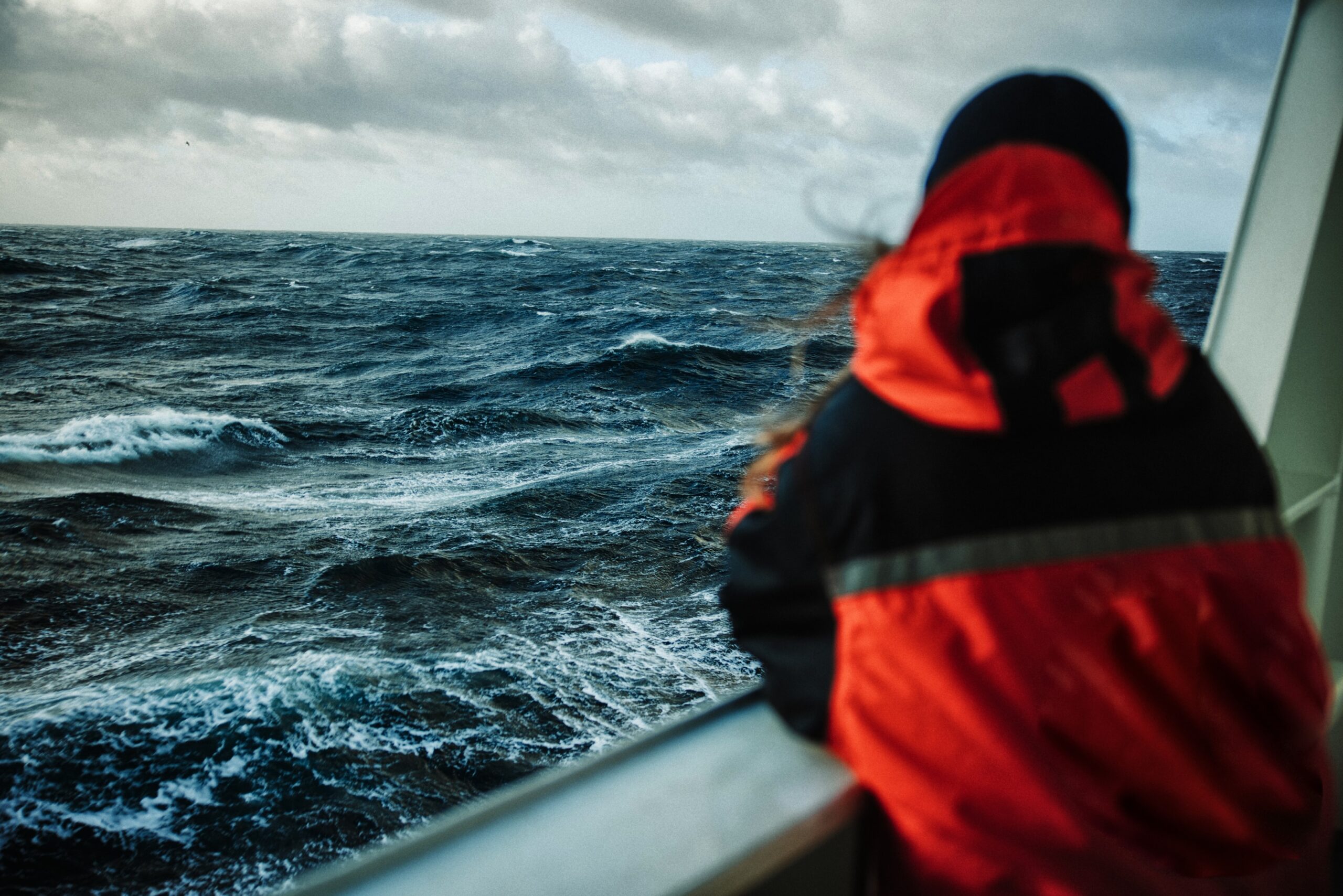
As the maritime industry becomes more inclusive, it is crucial to recognize that PPE should be tailored to fit all seafarers, including women. Many PPE items, such as helmets, gloves, and safety shoes, were traditionally designed for male workers, leading to poor fit and reduced effectiveness for women.
To ensure proper protection for female seafarers, companies must provide PPE in a range of sizes and designs that accommodate different body shapes. For example:
– Helmets and Headgear: Helmets should be available in smaller sizes to fit women’s head shapes, with adjustable chin straps for a secure fit.
– Gloves: Women’s gloves should offer a better fit for smaller hands, ensuring dexterity and protection during tasks.
– Footwear: Safety shoes for women should come in a variety of sizes with proper arch support and steel-toe protection.
– Body Protection: Boiler suits and coveralls should be designed to fit women’s body shapes without being too tight or restricting movement.
Ensuring that female seafarers have access to PPE that fits properly is not just about comfort—it is essential for safety. Poorly fitting PPE can increase the risk of injury and hinder a worker’s ability to perform their duties efficiently.
Staying Safe in the Maritime Sector
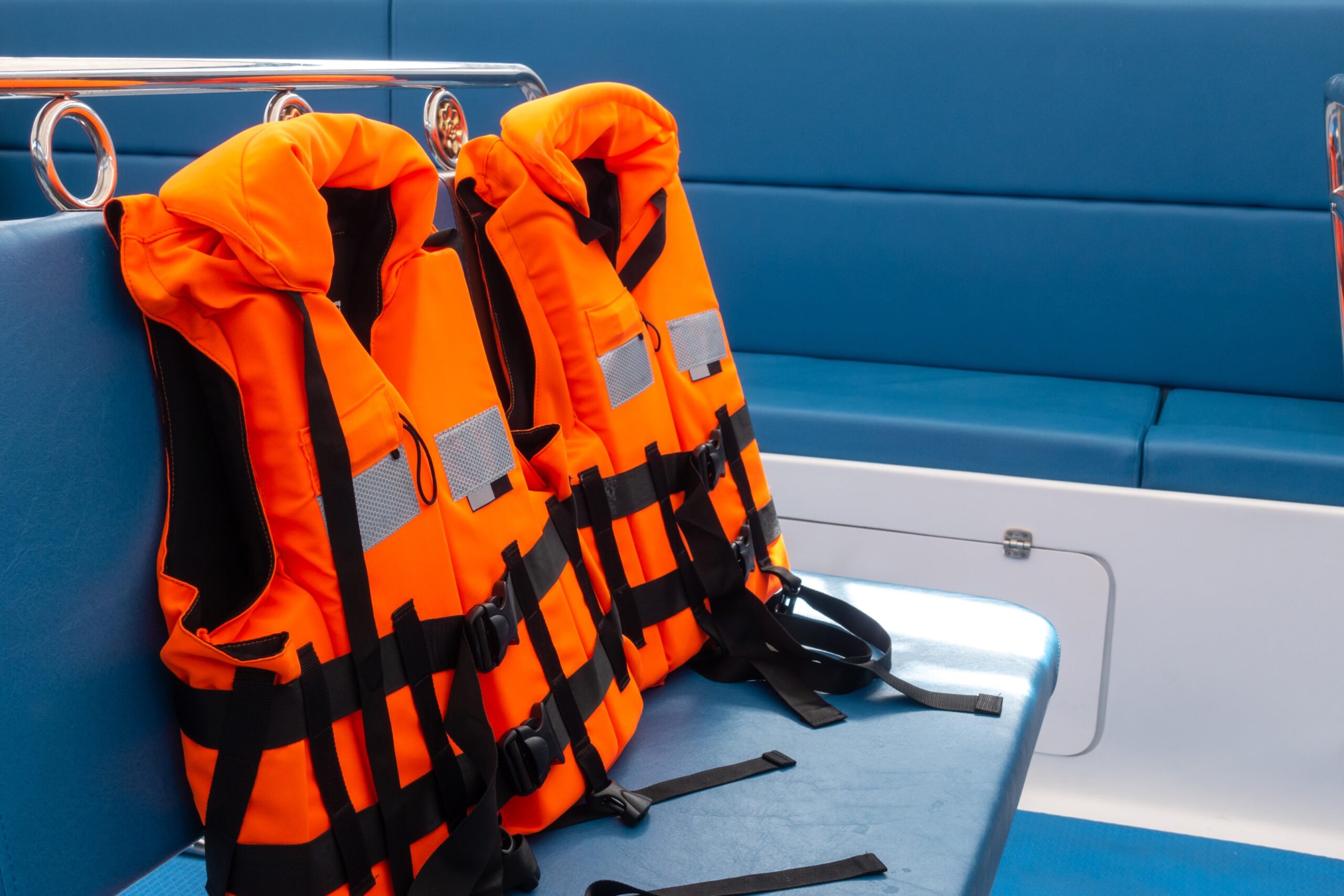
The maritime industry ranks among the most hazardous work environments. Seafarers face risks like heavy machinery, hazardous materials, and confined spaces daily. Personal protective equipment plays a crucial role in reducing these risks, ensuring that workers can perform their duties safely. However, providing protective equipment is not enough; proper training on its usage and maintenance is equally essential.
Shipping companies must ensure that PPE is readily available, regularly inspected, and used correctly. Seafarers should also receive ongoing training to ensure they know how to wear and care for their personal protective equipment. For instance, helmets without chin straps or improperly fitted gloves compromise safety. By ensuring seafarers are well-trained in using their protective equipment, we can create a safer working environment at sea.
Sustainable Safety: The Future of PPE
As the maritime industry advances, so does its approach to safety. A growing trend is the focus on sustainable personal protective equipment solutions. Traditionally, PPE has been made from materials that are not environmentally friendly, contributing to waste. However, efforts are underway to develop protective equipment that is both effective and sustainable.
Manufacturers are exploring recyclable and biodegradable materials for producing personal protective equipment, reducing the environmental impact without compromising on safety. Moreover, companies are adopting practices that extend the lifespan of PPE through better maintenance, reducing the need for frequent replacements and minimizing waste. Sustainable safety goes beyond materials, focusing on creating a culture that prioritizes long-term environmental and social impact. By investing in sustainable PPE and promoting responsible use, the maritime industry can ensure both worker safety and environmental responsibility.
Conclusion
Personal protective equipment (PPE) is essential for maritime safety, providing seafarers with protection against the various risks they face at sea. From head protection to safety shoes, PPE ensures that maritime workers can perform their duties safely and effectively. However, PPE is only as effective as its usage, making training and maintenance equally important.
Shipping companies must prioritize not only the availability of high-quality protective equipment but also ensure that seafarers are trained to use it properly. By fostering a culture of safety and sustainability, the maritime industry can protect its workers and contribute to a more responsible future.
At Nautilus, we understand the importance of personal protective equipment in keeping our seafarers safe. We are committed to providing the highest quality protective equipment, along with the necessary training and support. By fostering a culture of safety and sustainability, we ensure our crew members are protected while contributing to long-term environmental responsibility in the maritime industry.
Frequently Asked Questions (FAQs)
1. What is Personal Protective Equipment (PPE) in the maritime industry?
PPE in the maritime industry refers to protective equipment like helmets, gloves, and safety shoes that safeguard seafarers from hazards such as falling objects, chemicals, and machinery.
2. Why is PPE important for seafarers?
Personal protective equipment is vital because it significantly reduces the risk of injuries from common hazards. It ensures that seafarers can perform their tasks safely and confidently.
3. What types of PPE are typically used in the maritime industry?
Common types of PPE include safety helmets, goggles, eye protection, hearing protection, gloves, safety shoes, and protective clothing such as coveralls or boiler suits.
4. How often should PPE be inspected and maintained?
PPE should be inspected regularly, ideally before and after each use, to ensure it is in good working condition. Shipping companies are responsible for maintaining the protective equipment and replacing any damaged or worn-out gear to ensure seafarers’ safety.
5. Who is responsible for providing PPE to seafarers?
It is the responsibility of the shipowner or employer to provide appropriate protective equipment to all seafarers. They must also ensure that seafarers receive proper training on how to use and maintain personal protective equipment effectively.
6. What should seafarers do if their PPE is damaged or not functioning properly?
Seafarers should immediately report any damaged or malfunctioning personal protective equipment to their supervisor or ship management. It is crucial that damaged protective equipment is replaced promptly to maintain safety standards and minimize exposure to risks.
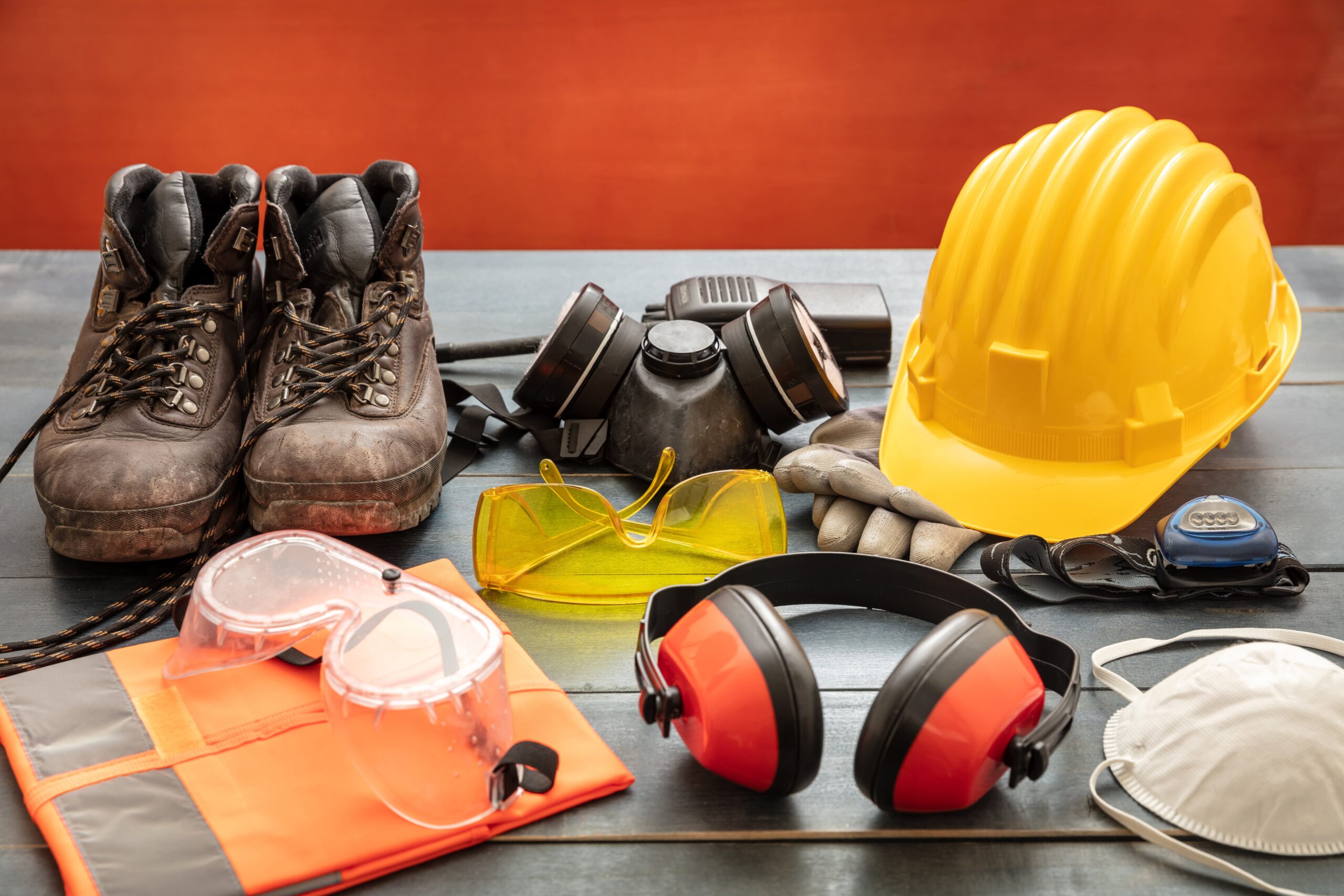
Leave a Reply